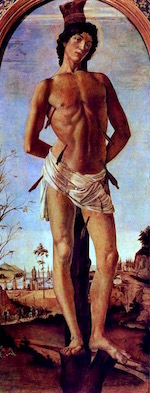
Sebastian was “a servant of God,” and a soldier with a mission. He felt God had called him to the military to evangelize and to help soldiers like the twin brothers, Marcus and Marcellinus, who were sentenced to death because of their faith in Christ. The boys’ heathen parents and friends had come to the prison to visit the twins and by their tears, supplications and pleadings, they had weakened the brothers’ resolve:
“Sebastian…stepped in and made them a long exhortation to constancy, which he delivered with the holy fire that strongly affected all his hearers….the parents of Marcus and Marcellinus, the jailer Claudius, and sixteen other prisoners were converted.” Acts of Sebastian
The twin brothers were released but later rearrested and died after being nailed together on a cross and then stabbed.
Sebastian not only had gifts of exhortation and evangelism, but he had the gift of healing. While he was preaching in that jail, the warden’s wife was healed of a stroke that had left her mute. This miracle led to a chain reaction. Her husband, the warden Nicostratus, freed all the prisoners, took them to his home and called for a priest to baptize all of them. When Chromatius, the governor (mayor) of Rome heard that Tranquillinus, the twins’ father, had been healed of gout the moment he was baptized, he wanted to be healed of his gout. He sent for Sebastian, was healed and he and his son Tiburtious were baptized. “After his conversion, governor Chromatius resigned his prefecture with the Emperor’s consent, freed all his slaves and retired into the country of Campania taking many new converts along with him.” Acts Of Sebastian
Sebastian was a powerful force for Christ in the military. Many soldiers were converted and subsequently martyred for their faith. Soon it was Sebastian’s turn:
“St. Sebastian, having sent so many martyrs to heaven before him, was himself impeached before the Emperor Diocletian (284-305), who…delivered him over to certain archers of Mauritania (country in western Africa), to be shot to death. His body was covered with arrows and left for dead.
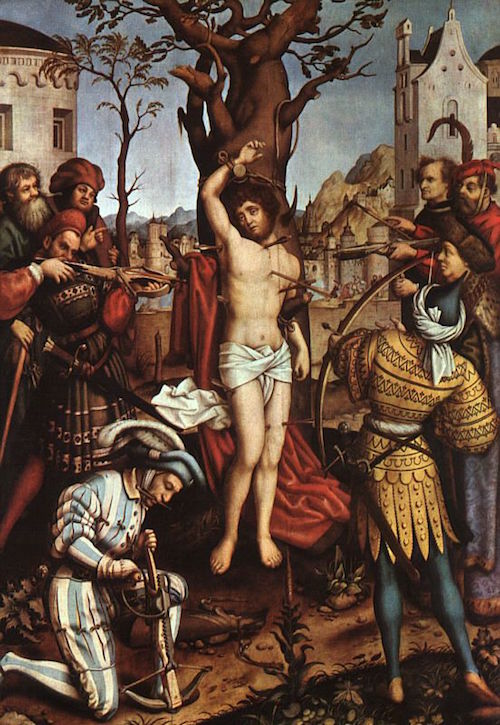
Irene the widow of Castulus, going to bury him, found him still alive and took him to her lodgings, where…he recovered his wounds, but refused to flee and even placed himself one day by a staircase where the Emperor Diocletian was to pass, whom he…accosted, reproaching him for his unjust cruelties against the Christians.
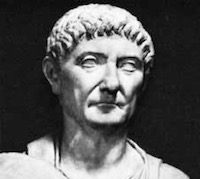
This freedom of speech, and from a person, too, whom he supposed to have been dead, greatly astonished the Emperor; but, recovering from his surprise, he gave orders for him to be seized and beat to death with cudgels, and his body thrown into the common sewer. A pious lady called Lucina…got (the body) privately removed and buried it in the catacombs at the entrance of the cemetery of Callixtus.” Acts Of Sebastian
Before he was killed, Sebastian had requested that he be buried “ad catacumbus, at the entrance of the crypt, near the memorial of the Apostles.” Acts Of Sebastian
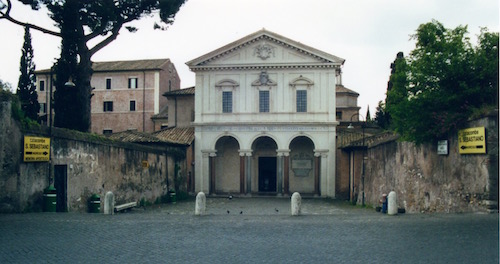
After his death in c. 288, Sebastian’s body was placed in the catacombs, since named after him, where the remains of Peter and Paul had once been.
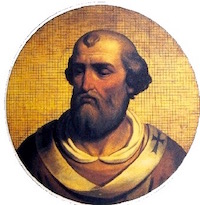
In 826 Pope Eugene (Eugenius) gave Sebastian’s body to the Abbot of St. Denys in France. Pope Sergius later gave Sebastian’s head to St. Willibrord in Luxemburg. Other relics of Sebastian and parts of his body are scattered all over Europe: in Paris, Mantua, Malacca, Seville, Toulouse, Munich, Tournay, Antwerp and in a chapel in Brussels.
In the hierarchy of the Cult of the Martyrs Sebastian was very popular and any tiny relic of him was desired and cherished. Sebastian’s courage “under fire” and his evangelistic zeal are some of the reasons for his remembrance.—Sandra Sweeny Silver
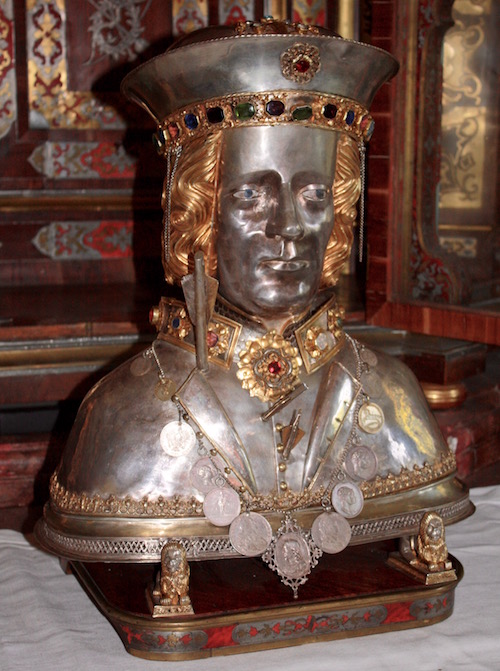
Catacombe di S. Sebastiano
Via Appia Antica, 136
Rome, Italy
Founded: 1st century AD
Size: Nearly 7 miles of tunnels
